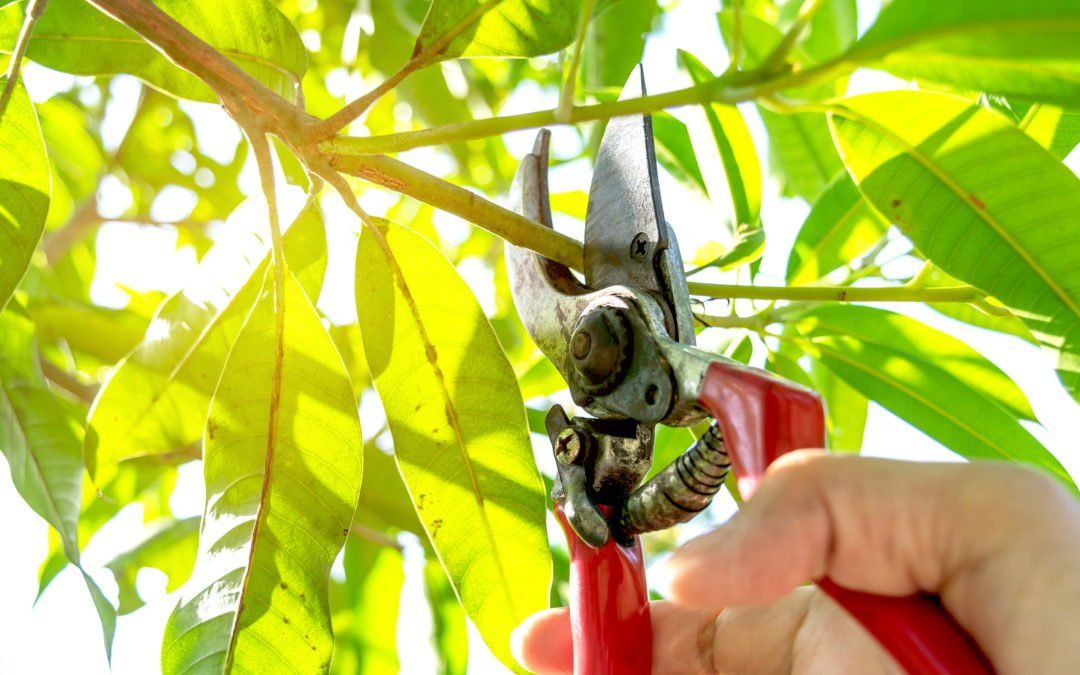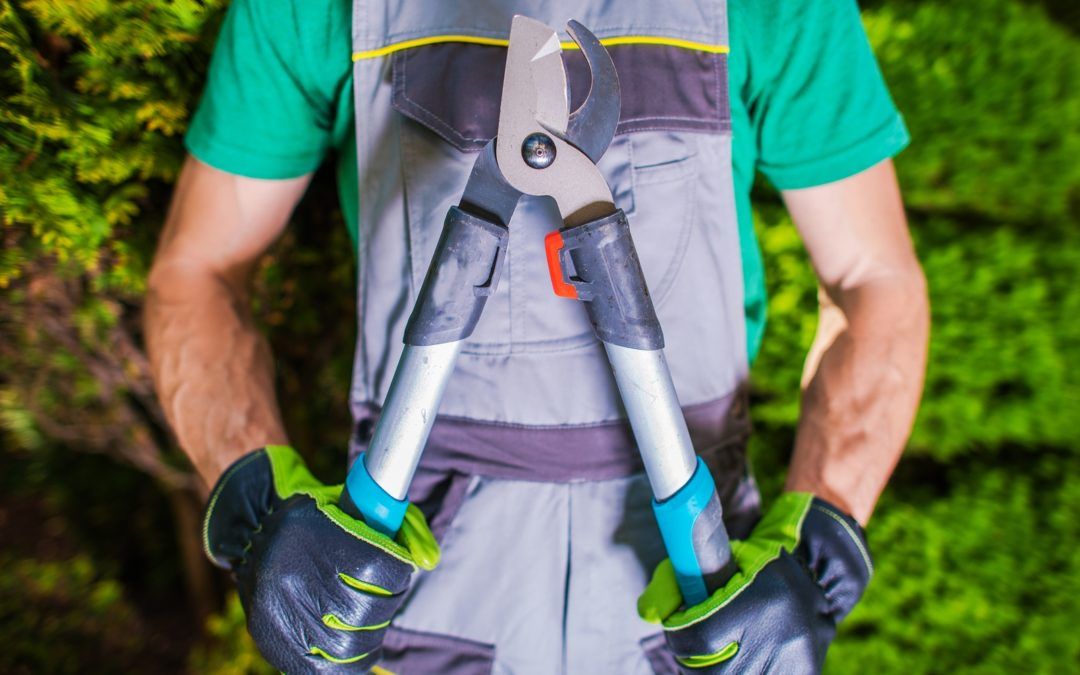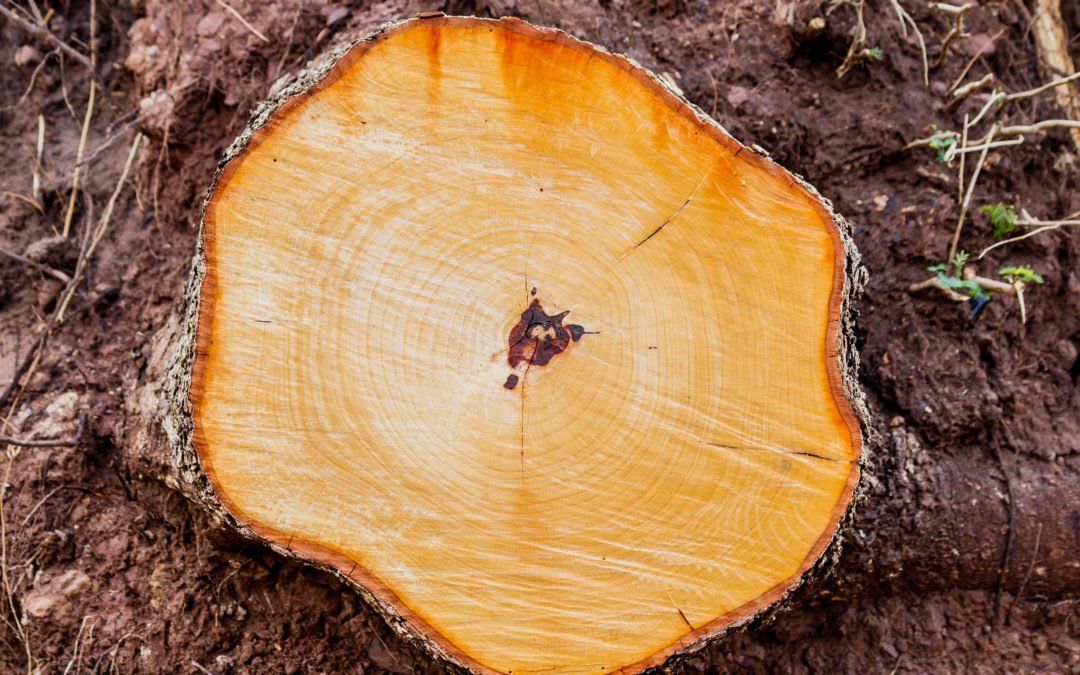How to Remove a Stump the Right Way

Tips on Properly Removing a Tree Stump
Stumps are not pretty. And sadly, they aren’t very easy to get rid of, either. With all the trees the Raleigh-Durham area has, we’re bound to have a few of these eye-sores around to deal with. Henry’s Tree Service removes stumps professionally and would be more than happy to remove any problem stumps on your property. That being said, there are a few ways to remove a stump if you are going to attempt DIY stump removal.
Digging it out
This is the old-fashioned way. Digging out a stump involves a lot of muscle, hard work, and time. You’ll need some basic tools like an axe, a shovel, and a crowbar. The instructions for this method are fairly straightforward:
- Using the shovel, dig around the stump, removing rocks and dirt to expose the roots.
- Using the axe, hack through the roots connecting to the stump.
- Using the crowbar, pry upwards to loosen the stump and break the roots.
- Repeat these steps and eventually, it will loosen enough to be removed.
Rotting the stump
If you are very patient, you can simply wait for nature to take its course and for the stump to rot away. You can also speed this process by using chemicals. A common method of stump rotting involves:
- Cutting the stump as low to the ground as possible
- Drilling holes in the stump
- Filling the holes with water and nitrogen
- Covering the stump with a tarp to trap moisture and accelerate the rotting process
Burning out the stump
While we do not recommend this–as it can be dangerous–there are chemical compounds available to assist in a stump
burning method. Applying this chemical to the stump makes it able to absorb accelerants like kerosene very efficiently. After the chemical has been applied, and the accelerant has also absorbed into the stump, a controlled fire is lit to eliminate the stump.
The “right way” to eliminate a stump — stump grinding
By far the best way to get rid of a stubborn stump is to use modern equipment. A stump grinder is a fairly large piece of machinery. It is not always easy for the novice to use, but it is the most efficient way of quickly eliminating a stump.
Rather than laboring for days with chemicals and fires and shovels, a stump grinder can make your stump a distant memory just one hour later. The grinder is brought over to the stump with the blade raised, then the blade is lowered onto the stump and turned back and forth until all the stump at that depth is turned to sawdust.
At that point, the blade is lowered again and the next layer of the stump is taken on. This is continued until at least six inches below the surface, at which point the hole is filled. The whole process takes under an hour for a typical stump.
Henry’s Tree Service knows stump grinding
Rather than renting a stump grinder and trying to pick up this new skill, trust an experienced arborist to do the job for you. Henry’s Tree Service has the equipment and trained professionals ready to go.
Those living in Raleigh, Durham, Morrisville, Apex, Cary, Chapel Hill and the surrounding areas who have stumps they want to go, give us a call at (919) 532-9141 and we’ll remove them immediately.
Our Promise
We strive to deliver excellent customer service while expertly meeting all of your tree service needs.
Contact Us
SEND US A MESSAGE:
We will get back to you as soon as possible.
Please try again later.
Map
Serving The Triangle Area, NC
Office Phone: (919) 532-9141
Emergency Phone (Avail. 24/7): (919) 649-8444
treecareexpertraleigh@gmail.com
WEB DESIGN BY LOCALEDGE, ALL RIGHTS RESERVED |SITEMAP










